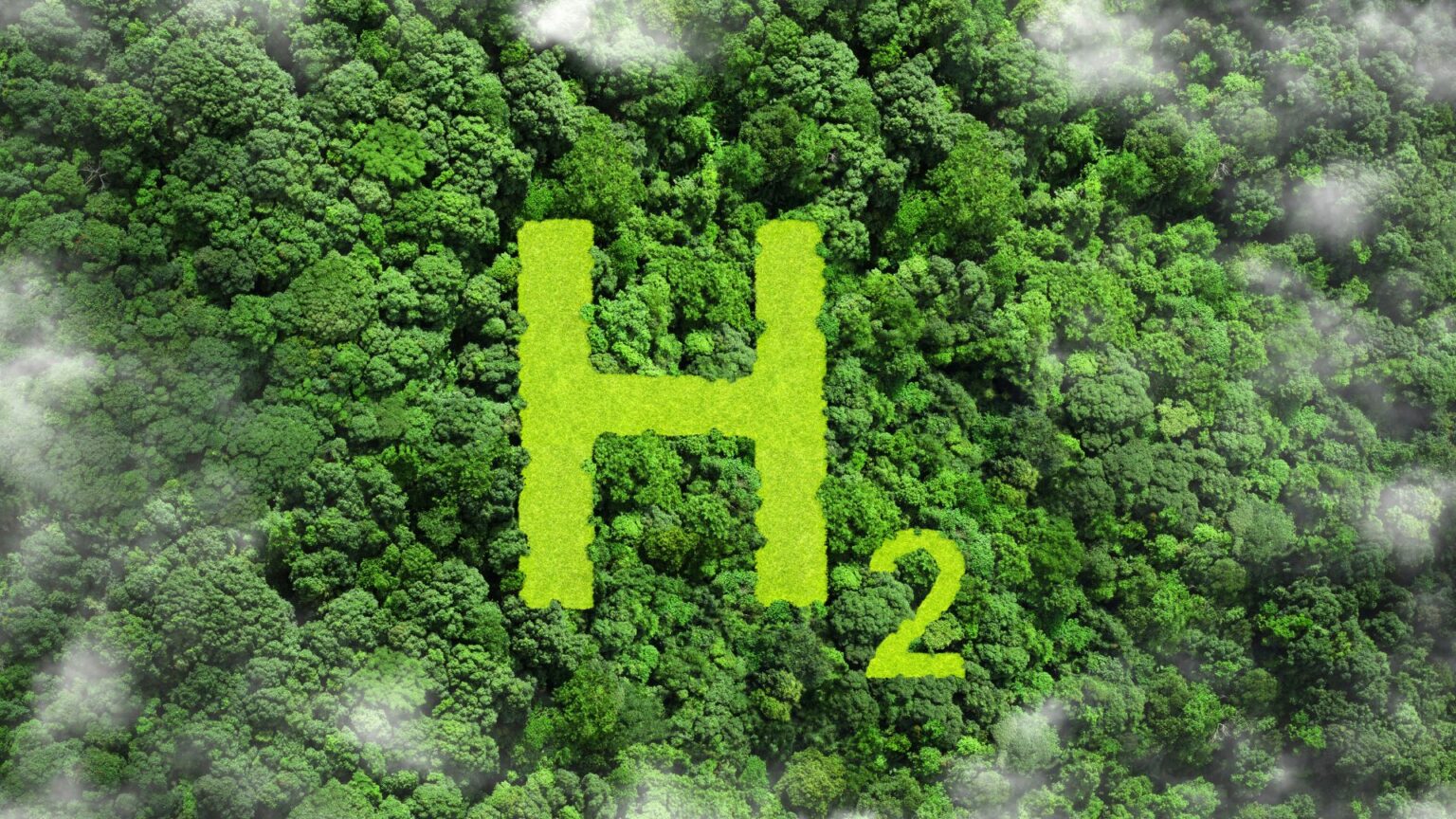Québec’s geological landscape may hold vast reservoirs of natural hydrogen, sparking interest among scientists and policymakers alike. Researchers from the Institut national de recherche scientifique (INRS), led by geologist Jasmin Raymond, suggest that areas like Thetford Mines could be rich in this resource, known as white hydrogen.
Serpentine rock formations in Thetford Mines indicate a potential source of natural hydrogen formed through the serpentinization of ferromagnesian rocks. This natural occurrence could significantly bolster Québec’s renewable energy ambitions, aligning with global efforts to transition towards cleaner fuels.
According to Jasmin Raymond and his team, several regions across Québec have shown promise in containing commercially viable quantities of natural hydrogen. These areas include Abitibi, Montérégie, Estrie, and Gaspésie, which were identified through extensive soil composition analyses.
While the INRS study doesn’t conclusively prove the existence of natural hydrogen deposits, it strongly recommends further scientific exploration. This sentiment is echoed by Québec’s Ministry of Economy, Innovation and Energy (MEIE), which acknowledges the potential of white hydrogen to accelerate the province’s energy transition.
Interest in natural hydrogen is burgeoning internationally, with countries like France and Australia already making legislative adjustments to facilitate exploration and extraction. However, regulations regarding natural hydrogen exploration are under review in Canada even though the Geological Survey of Canada has been mapping out potential hotspots nationwide.
Denis Brière, a pioneer in natural hydrogen exploration, remains optimistic about Québec’s prospects. His discussions with policymakers and stakeholders aim to pave the way for future exploration initiatives, which are crucial for unlocking Québec’s green energy potential.
As Québec continues to evaluate its energy strategies, the quest for natural hydrogen represents a pivotal opportunity in achieving carbon neutrality goals by 2050.
